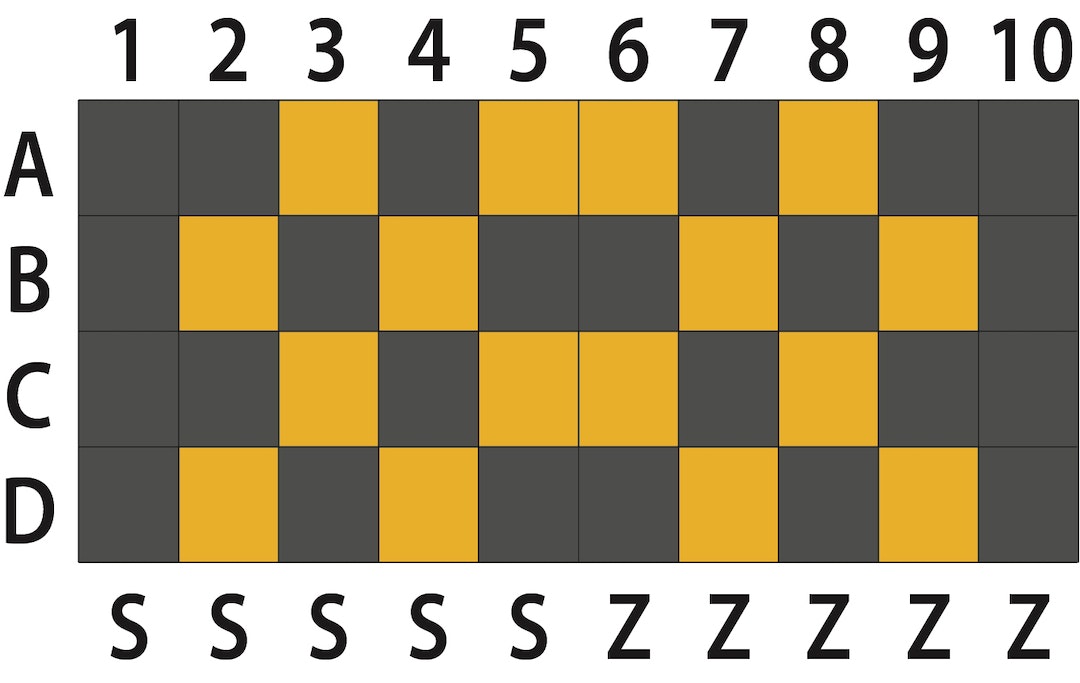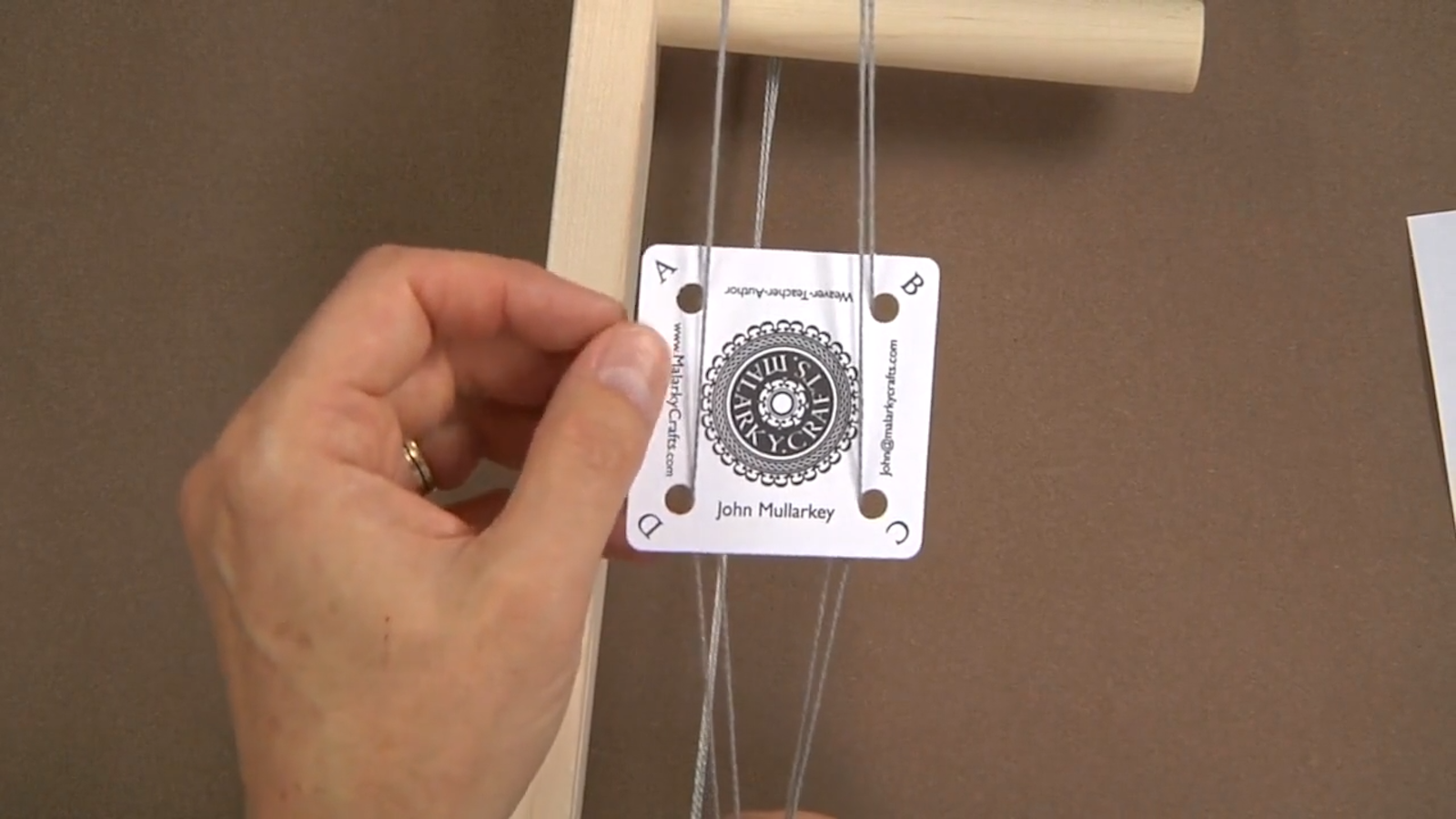Contents

Tablet weaving might seem daunting if you've never tried it, but believe it or not, it's a fun and easy way to create complex designs with the simple turn of a card (or ten). The key to successful tablet weaving is knowing how to read a draft and how to use the information in that draft to properly thread your cards.
Today’s skill guide will give you a solid foundation on how to thread your cards correctly. As you read, you’ll learn about:
- Tablet drafts and how to read them
- The difference between S- and Z-threaded cards
- Ply direction and why it’s so important to tablet weaving
- Threading your cards and warping your loom—with a handy video tutorial
Knowing how to read a tablet draft and thread your cards correctly is such an important part of tablet weaving, we’ve made the first section of this skill guide free to everyone. If you enjoy that first section and want to read more, consider supporting our mission with an All Access subscription. Not only will you get this full skill, but you’ll also get dozens of other skill guides, exclusive projects, eBooks, and other perks. You can read more about our different subscription tiers and benefits here.
Every item we’ve selected for this guide is part of your All Access program and will help you get the most out of your subscription. Check out the Little Looms Library and our video course website for more learning opportunities.
Happy Weaving,
Christina
Reading a Tablet Draft
While different tablet weavers and tablet-weaving resources use different formats for their drafts, any draft format should give you all the information you need to weave the pattern: number of tablets, holes, and colors as well as how each card should be threaded.
Below is an example of a draft from John Mullarkey’s Astounding Laces from the Summer 2021 issue. Each number at the top of the draft represents a different tablet—the draft is numbered 1–10, which lets us know we’ll need ten cards. The letters on the left side represent the four holes on a square tablet. Each colored box in the grid represents a different warp end and what color it should be. Looking at the draft, we can tell what color end goes through each hole of any given tablet. For example, the first tablet has charcoal ends in all four holes; the second tablet has two charcoal ends, one each in holes A and C, and two orange-yellow threads, one each in holes B and D.

Now that you know how to use a tablet draft to figure out how many tablets you need and which colored threads go in which holes, the next step is deciphering the letters on the bottom of the draft.
S- and Z-Threading
Underneath each column is either an “S” or a “Z.” These letters tell us how to thread each tablet. In this draft, tablets 1–5 are threaded with an S-slant, and tablets 6–10 are threaded with a Z-slant. But what does that mean, exactly?
Depending on the direction you thread each card, the warp ends will slant in a different direction. The S or the Z refers to the slant of the threads when the tablet is held straight and viewed from the front of the loom:
- A \ slant in the ends is an S-slant.
- A / slant in the ends is a Z-slant.
As you might be able to tell, the direction of the slant matches the direction of the slant in its namesake letter, which you can see more clearly in the illustration below.

Another way to tell whether a tablet is threaded S or Z is to look at the direction the tablets naturally slant when the warp is at tension. Tablets will slant in the opposite direction of the ends, so in this case, if your tablets have a / slant it’s an S-threading and a \ slant in the tablets is a Z-threading, as shown in the illustration below.

Unless your pattern is reversible, it’s imperative to thread your tablets in the correct slant direction. Fortunately, once you know how to not only read a draft, but also how to “read your tablets,” making sure your tablets are set up correctly is a piece of cake!
Ply Direction and Design
Adapted from "Tablet Weaving: Threaded in Patterns" by John Mullarkey
All patterns develop from two simple elements: which color comes to the top of the band after each turn of the tablets and the ply direction of the four-ply cord created by twisting each tablet. That’s it! Once you can predict those two things, you can produce any pattern.

